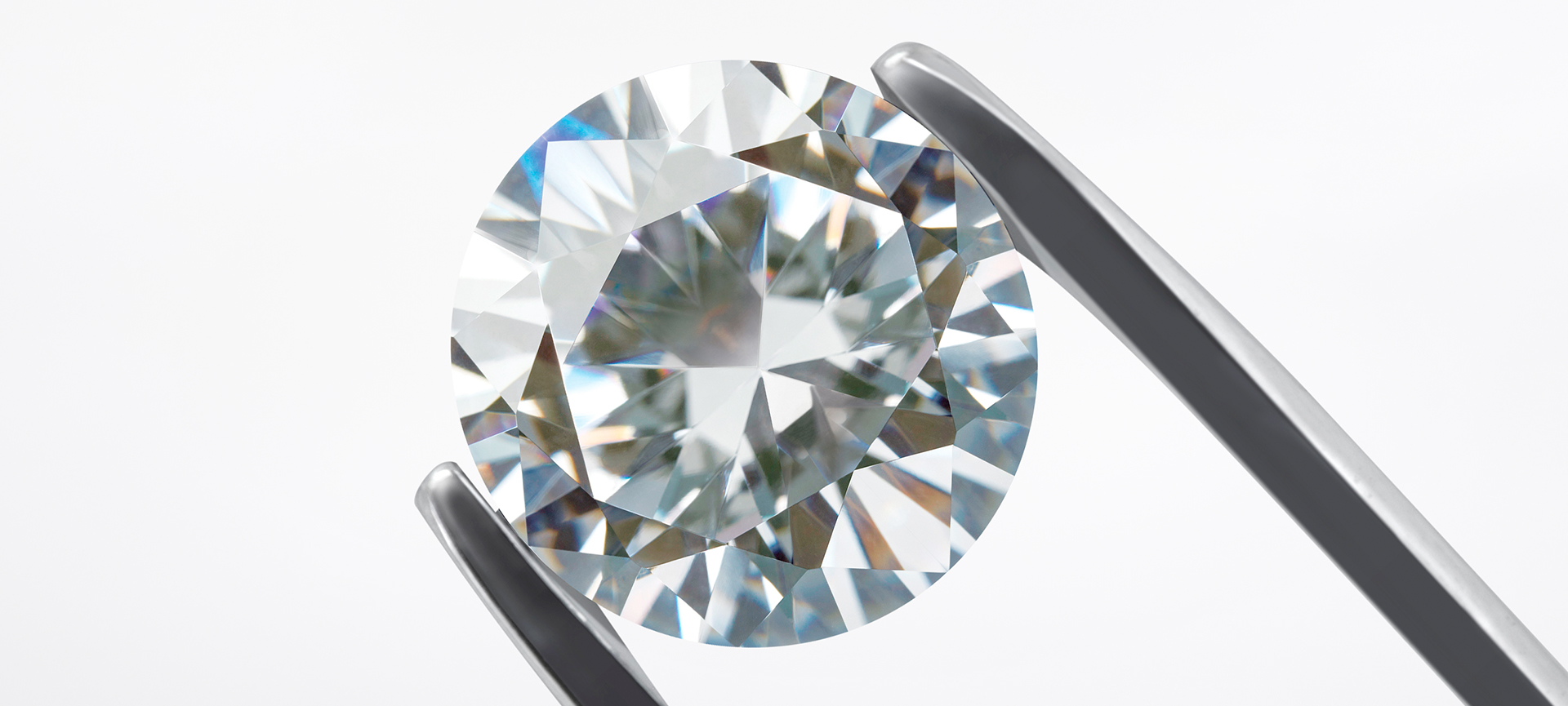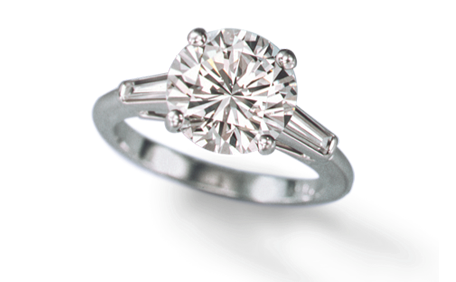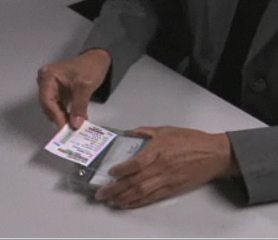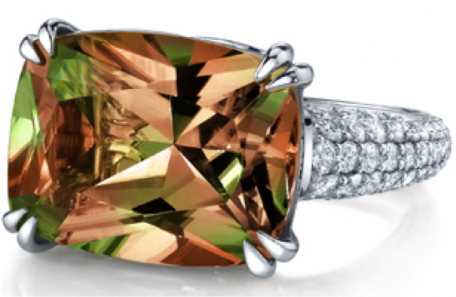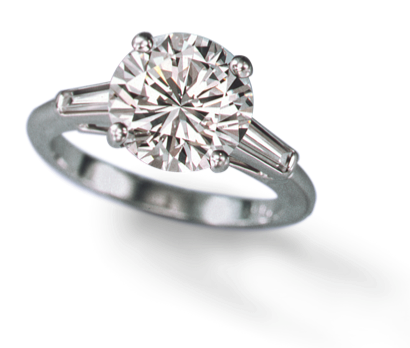Have you ever noticed the term “Fluorescence” on a GIA Diamond Grading Report? Did you know that some, but not all, diamonds show effects under ultraviolet light?
For most people who purchase diamonds, fluorescence will be a non-issue, but some might be confused by the term. Below are commonly asked questions, and helpful answers from GIA researchers who have studied fluorescence in depth. (more…)
